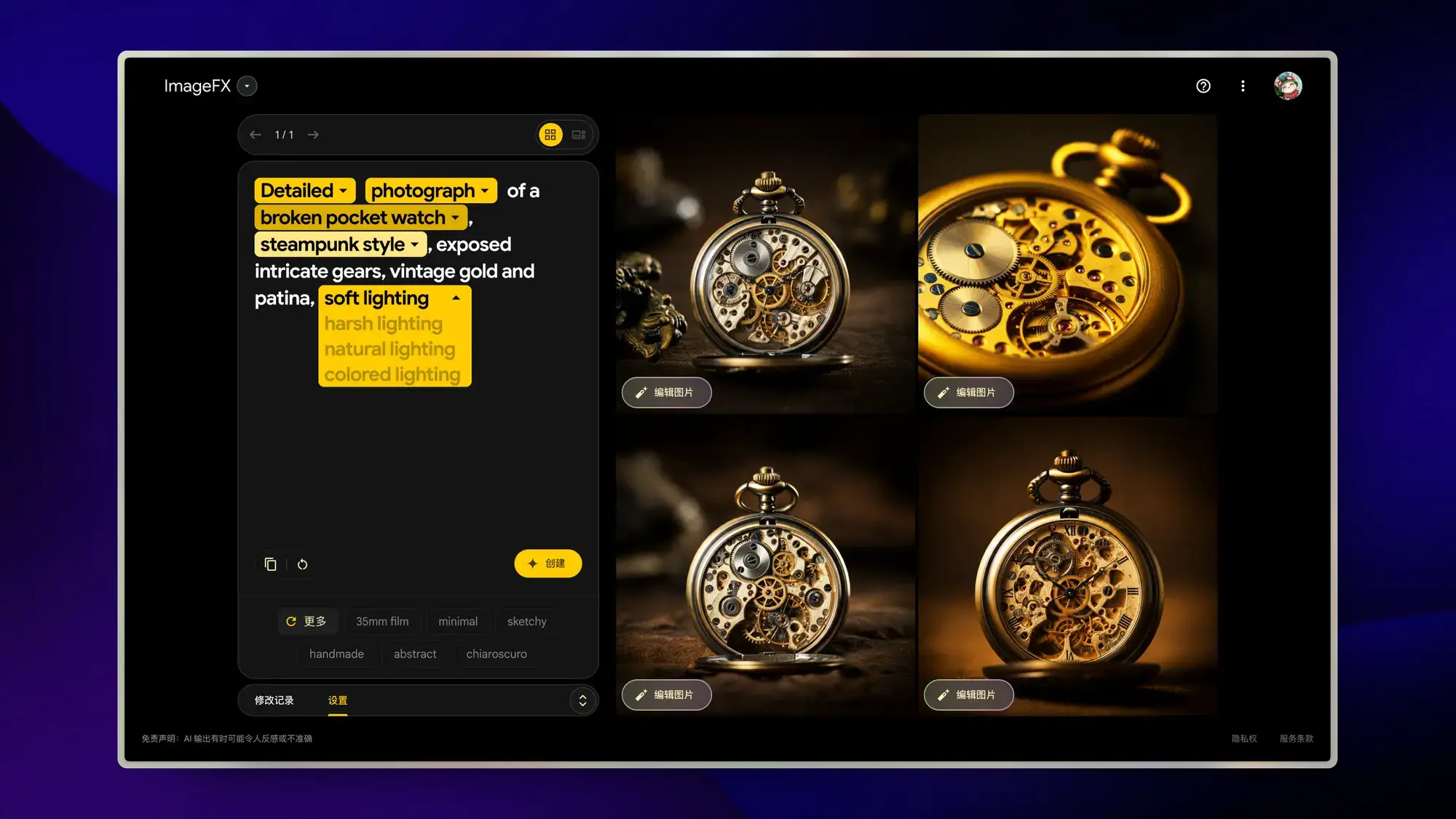
Google's image generation model, Imagen 3, is now open to everyone. With a curious heart, I tested it using the prompt "Catjourney". The results were somewhat disappointing. How to describe it? It can be said that Google still maintains its consistent style, which is too correct, leading to poor aesthetic quality in the generated images. However, this model also has its advantages. It supports the local redrawing function, which means users can edit the generated images by entering relevant prompts. For example, if you are not satisfied with a part of the image, you can use this function for targeted modifications. However, during the use, I also found some problems. When the prompt involves content related to people, users must carefully consider the wording of the prompt. Because if the prompt is not precise or does not meet the model's requirements, it is likely that an image that meets expectations will not be generated. It is worth mentioning that this model does a very good job in terms of prompt interaction. Its internal large language model (LLM) will analyze the type of prompt entered by the user and will offer some related words for reference. Users can directly switch between these related words, making it more convenient and faster to adjust the prompt to achieve better image generation results. Moreover, the model's representation of the image generation process in various states is designed to be very clear. Whether it is the initial stage of image generation, the gradual formation process, or the final completion state, users can clearly understand how the image is generated step by step according to the prompt.

